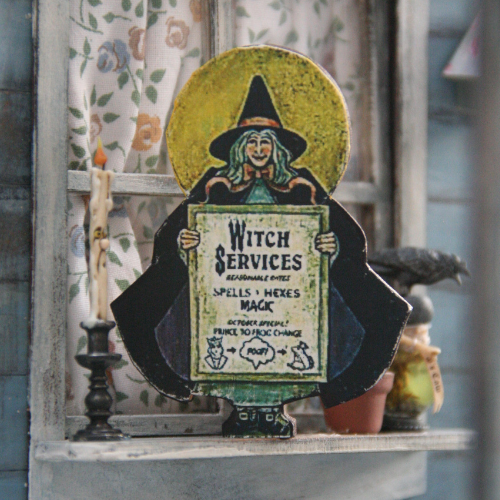Book banning has been around for a long time, from burning texts in 213 BCE
all the way to removing a book from library shelves in 2023. As a kid, I remember asking a librarian to show me where I could find “books about magic.” My parents, one a borderline pagan and the other a devout Christian, had drilled into me only the most magical of things about the world, and I was eager to learn more. I remember the horror—and slight amusement—on the librarian’s face as she turned to my dad and I and proclaimed, “Oh, we don’t have those here. Those types of books are banned.”
Banned books are currently a hot topic in the news, but every year more books across the globe face criticism and removal from shelves. Some suggest that book bans are turning libraries and schools into political warzones—but what really happens when a book is banned? Book banning comes down to a means of censorship, a process as old as writing itself. In contemporary society, books are banned when “. . . private individuals, government officials, or organizations challenge books from libraries, school reading lists, or bookstore shelves because they object to their content, ideas, or themes.” Challenged books often contain graphic violence, sexually explicit content, or offensive language, but many of the books challenged in 2022 contain queer or racial themes. In bookstores and libraries, books can also be censored discreetly when defaced, placed in non-accessible areas, or marked with too-high reading levels. In order to be banned, a book with unlikeable content must be “challenged” by an individual or organization. Once a book is challenged, the case is sent to the American Library Association to be documented, but the individual institution chooses whether to remove the book from its shelves based on its content. Book bans are institutionally based, meaning if a book is banned at one library, it won’t be at all libraries. Students, teachers, and other individuals can protest the banning, but the ban is ultimately up to the institution. If a book is removed from shelves, it may still be available at other places, and can often be found online. However, the problem with book banning lies primarily with our young readers, who often don’t have the resources to access banned books.
A recent report on banned books released by PEN America suggests that of the books banned between July 2021 and June 2022, 41 percent address LGBTQ+ themes or have protagonists or prominent secondary characters who are LGBTQ+ and 40 percent contain protagonists or prominent secondary characters of color. That’s 81 percent, or nearly 1,335 of the 1,648 titles banned during this period. The number of titles equates to nearly four million students across the US who have been impacted by the bans. For many young readers with these identities, finding representation in media can be crucial to their mental health and quality of life, and banning books is a threat to students’ free expression and first amendment rights. Book banning can also create significant gaps in knowledge for young learners. Banning books not only harms young readers but can harm authors as well, especially queer authors or authors of color, whose books are often targeted and labeled as “critical race theory,” “anti-police,” or “inappropriate for youth.” Reading books with unconventional themes helps all readers build empathy for others’ diverse experiences, and books challenge us to think in new and sometimes uncomfortable but important ways. This push is especially necessary in today’s society, when we face division more than ever. As readers, we can stand against book bans by doing what we do best: reading more banned books.
Some great banned books to read:
- Gender Queer: A Memoir by Maia Kobabe
- Night by Elie Wiesel
- The Handmaid’s Tale by Margaret Atwood
- The Hate U Give by Angie Thomas
- The Kite Runner by Khaled Hosseini
- All Boys Aren’t Blue by George M. Johnson

